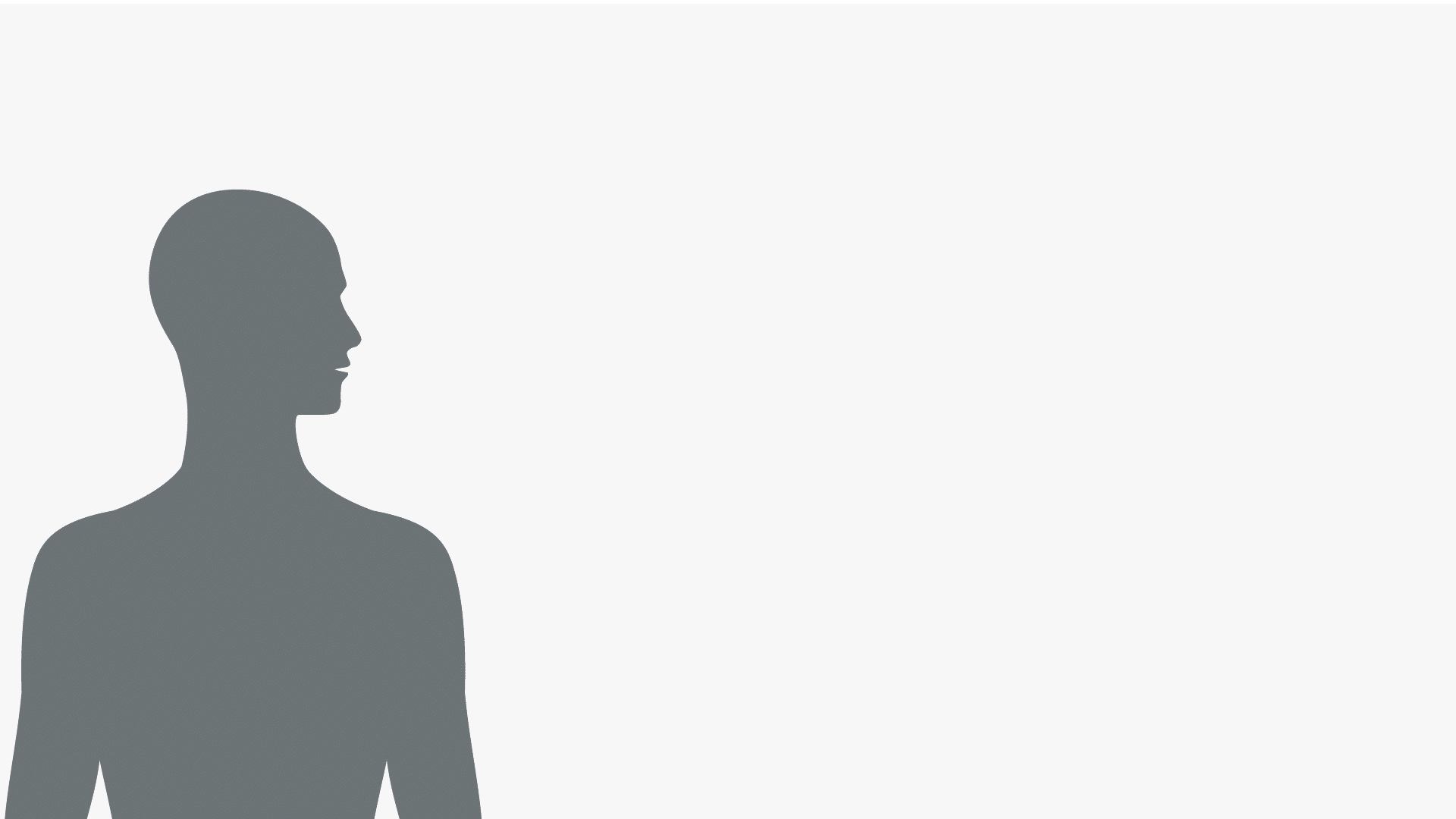Reviewed by Louis CastelApr 15 2024
When we exhale, our breath contains many different compounds that have the potential to serve as biomarkers of ongoing biological processes in the body. The challenge is measuring these compounds and determining what they might indicate about disease processes within the body.
The potential of breath biomarkers
Biomarkers are quantifiable compounds that can determine human health status and potentially detect the presence of disease in the body. In clinical settings, routine procedures detect, measure, and analyze the changes in biomarkers across various biological samples, including blood and waste products such as urine and feces. Exhaled breath is an underutilized bodily waste product for the purpose of biomarker analysis but is no less enriched for possible informative chemicals.
It is thought that the average human takes an average of 22,000 breaths each day, equivalent to around 11,000 liters of air leaving the body.1 Each exhaled breath is enriched with gaseous/ volatile compounds generated from deeper in the body and the air in the surrounding environment.

Image Credit: Owlstone Medical Ltd
If produced directly in the lungs, certain compounds can be exhaled directly via the breath. Other compounds produced by different biological processes deeper in the body can be transported throughout the circulatory system. So long as they are volatile, these compounds can be launched from the lungs’ blood vessel-rich alveolar membrane and breathed out. Therefore, thousands of volatile compounds produced all over your body are cast out with each breath expelled.
The idea that breath could indicate disease dates to ancient Greece, when Hippocrates, in his treatise on breath aroma and disease, attributed a particular breath odor to liver failure, which he named fetor hepaticus. Although rudimentary, this idea established two fundamental principles:
- Exhaled breath contains compounds originating deeper within the body, not just the respiratory system.
- Fluctuations in the levels of these compounds can be informative by alerting to disease states within the body.
How can breath be used in clinical practice?
Breath testing can be leveraged similarly to routine blood tests used in the clinic, whereby exhaled breath is sampled and tested against a reference range for the levels of a certain chemical. This can help clinicians determine whether there are abnormal levels that could indicate if there are signs of disease.
Currently, there are a few breath tests commonly used in clinical practice, such as the test for a Helicobacter pylori bacterial infection in the stomach. During this test, a solution containing 13 Carbon Urea (13C-Urea) is ingested, and a breath sample is collected 30 minutes later.
The presence of H. pylori is indicated by ammonia and carbon dioxide in the breath sample, specifically produced by these bacteria that metabolize urea.
There is a wide variety of informative biomarkers in the breath that could be potentially used in the diagnosis, monitoring, and screening for the early detection of several conditions, including cancer, liver disease, and cardiometabolic diseases.
To ensure more breath biomarkers find their way into clinical practice, it is essential to validate compounds found in the breath so they can be associated with the disease of interest. This work is underway at Owlstone Medical, internally and in collaboration with its customers and research partners.
How can breath biomarkers be used in clinical trials?
There are a variety of biomarkers in different forms that can be used throughout clinical trials. For instance, a breath biomarker that corresponds with a clinical benefit could be feasibly measured in response to administering a potential drug treatment.
This is extremely useful when measuring clinical benefit directly is time-consuming, invasive, or expensive. For example, the current gold standard for measuring the effectiveness of a drug designed to directly treat liver disease is a liver biopsy to determine the extent of liver damage.
Biopsies can cause patients stress as they are invasive and can have an impact on general health. Furthermore, they are often expensive to perform. Alternatively, using breath as a biomarker of liver function offers a promising, non-invasive, and cost-effective metric that could determine the efficacy of drug treatments.
Limonene is a volatile compound associated with liver metabolism as it is usually processed by enzymes primarily found in the liver. In a similar rationale to the 13 Carbon Urea (C Urea) test, the liver can be probed to assess the presence and extent of liver disease by introducing limonene to patients as a test substance.

Image Credit: Owlstone Medical Ltd
This is done by determining the liver’s ability to metabolize limonene, and hence the functional capacity of the enzymes within it – in an approach known as EVOC probes – and has demonstrated the capability to assess liver function accurately.2–4
Biomarkers used in clinical trials in this way may also be used for diagnostic purposes. In regards to the EVOC probe approach using limonene in liver disease, any test that can accurately measure liver function to detect and monitor the disease progression or the efficacy of therapy is useful for clinicians, even more so when considering the number of advantages the ease of collecting breath has over more invasively acquired samples such as blood, fecal matter, and tissue biopsies.
What are the advantages of using breath?
There are seven main advantages of using breath over other monitoring technologies, which are explored in detail in another article. The benefits include (but are not limited to):
- Breath collection is non-invasive, which has several benefits beyond simply improving the comfort of patients and trial participants, it also facilitates easier ethical approval during clinical trials, and increased uptake for widespread screening programs.
- Breath is inexhaustible, with the volume of an exhaled breath at rest being approximately 400 – 500 ml (5), and the compounds in breath samples can be pre-concentrated before running an analysis.
- Breath samples reflect metabolic activity, which can respond considerably faster than, for example, protein levels or genetic changes that occur during cancer. The time lag between bacteria in the gastrointestinal tract producing hydrogen and detectable levels of hydrogen appearing in breath typically takes no longer than five minutes, demonstrating the rapid connection between breath composition and metabolic changes.6
- Breath samples enable complete-body monitoring, effectively capturing volatile compounds from the blood that passes through the lungs. For an average person, almost their total blood volume circulates through their lungs every minute, meaning that if a breath sample is taken over a minute the more likely it is enriched with compounds from the entire body.7,8
- Breath collection can incorporate a larger representative sample, which is relevant when considering the alternative of tissue biopsies, which can simply miss the areas of tissue that display signs of disease.
- Breath sampling can be conducted anywhere, opening the possibility of decentralized, remote trial designs for disease monitoring and diagnosis in the clinic and at-home breath.
- Breath sampling offers patient comfort. In an independent review, Owlstone’s ReCIVA device was well tolerated, even in patients suffering from acute breathlessness.9
References and further reading
- Breathing | Canadian Lung Association [Internet]. [cited 2023 May 25]. Available from: https://www.lung.ca/lung-health/lung-info/breathing
- Fernández del Río R, O’Hara ME, Holt A, Pemberton P, Shah T, Whitehouse T, et al. Volatile Biomarkers in Breath Associated With Liver Cirrhosis — Comparisons of Pre- and Post-liver Transplant Breath Samples. EBioMedicine. 2015 Jul 26;2(9):1243–50. DOI: 10.1016/j.ebiom.2015.07.027
- Ferrandino G, Orf I, Smith R, Calcagno M, Thind AK, Debiram-Beecham I, et al. Breath Biopsy Assessment of Liver Disease Using an Exogenous Volatile Organic Compound—Toward Improved Detection of Liver Impairment. Clinical and Translational Gastroenterology. 2020 Sep;11(9):e00239. DOI: 10.14309/ctg.0000000000000239
- Ferrandino G, De Palo G, Murgia A, Birch O, Tawfike A, Smith R, et al. Breath Biopsy® to Identify Exhaled Volatile Organic Compounds Biomarkers for Liver Cirrhosis Detection. Journal of Clinical and Translational Hepatology. 2023 Jun 28;11(3):638–48. DOI: 10.14218/JCTH.2022.00309
- Pleil JD, Wallace MAG, Davis MD, Matty CM. The physics of human breathing: flow, timing, volume, and pressure parameters for normal, on-demand, and ventilator respiration. J Breath Res. 2021 Sep 27;15(4). DOI: 10.1088/1752-7163/ac2589
- Read NW, Al-Janabi MN, Bates TE, Holgate AM, Cann PA, Kinsman RI, et al. Interpretation of the breath hydrogen profile obtained after ingesting a solid meal containing unabsorbable carbohydrate. Gut. 1985 Aug;26(8):834–42. DOI: 10.1136/gut.26.8.834
- Ivanov KP. New Data on the Process of Circulation and Blood Oxygenation in the Lungs under Physiological Conditions. Bull Exp Biol Med. 2013 Feb 1;154(4):411–4. DOI: 10.1007/s10517-013-1963-1
- Sharma R, Sharma S. Physiology, Blood Volume. In: StatPearls [Internet]. Treasure Island (FL): StatPearls Publishing; 2023 [cited 2023 Jun 12]. Available from: http://www.ncbi.nlm.nih.gov/books/NBK526077/
- Holden KA, Ibrahim W, Salman D, Cordell R, McNally T, Patel B, Phillips R, Beardsmore C, Wilde M, Bryant L, Singapuri A. Use of the ReCIVA device in breath sampling of patients with acute breathlessness: a feasibility study. ERJ Open Research. 2020 Oct 1;6(4). DOI: 10.1183/23120541.00119-2020
About Owlstone Medical Ltd
Owlstone Medical is developing a breathalyzer with a focus on non-invasive diagnostics for cancer, inflammatory disease and infectious disease, the company aims to save 100,000 lives and $1.5B in healthcare costs.
The company’s Breath Biopsy® platform has introduced a new diagnostic modality making it possible to discover novel non-invasive biomarkers in breath using a platform with the potential to transition to point-of-care. The award winning ReCIVA Breath Sampler ensures reliable collection of breath samples.
Breath Biopsy is supporting research into early detection and precision medicine with applications in cancer and a wide range of other medical conditions. Highly sensitive and selective, these tests allow for early diagnosis when treatments are more effective and more lives can be saved.
Sponsored Content Policy: News-Medical.net publishes articles and related content that may be derived from sources where we have existing commercial relationships, provided such content adds value to the core editorial ethos of News-Medical.Net which is to educate and inform site visitors interested in medical research, science, medical devices and treatments.